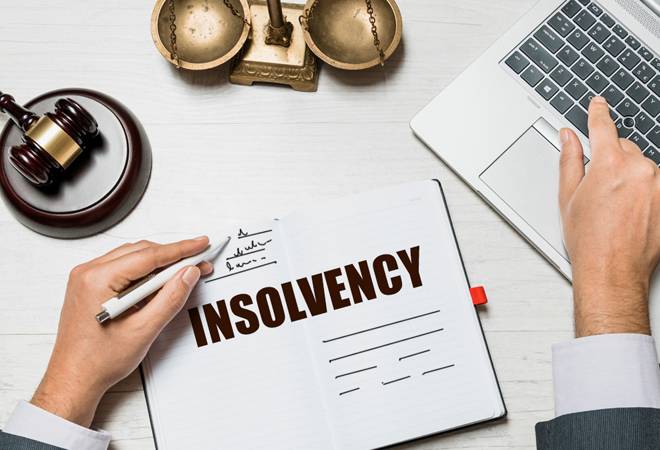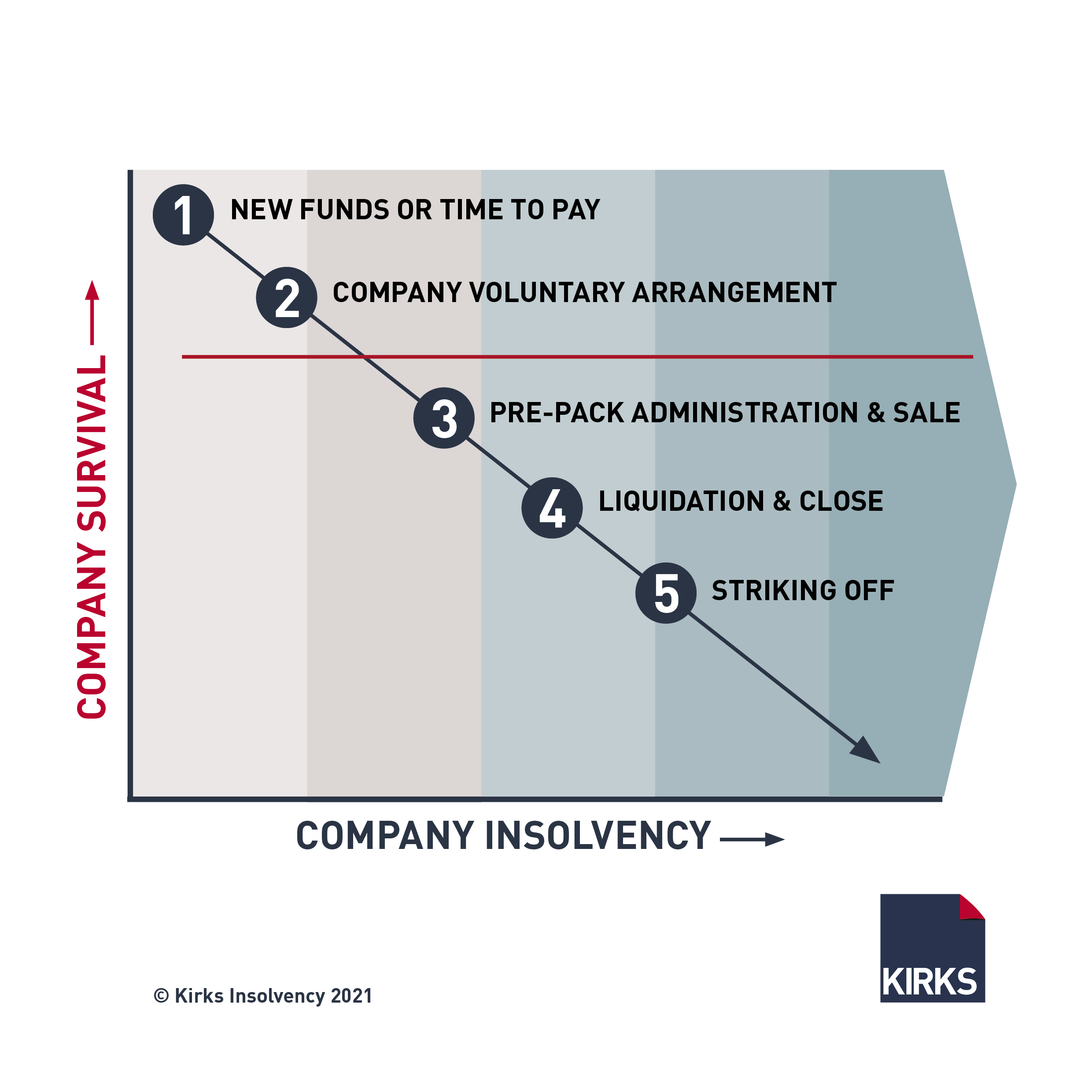Everything about Insolvency Practitioner
Everything about Insolvency Practitioner
Blog Article
The smart Trick of Insolvency Practitioner That Nobody is Talking About
Table of ContentsThe Facts About Insolvency Practitioner UncoveredHow Insolvency Practitioner can Save You Time, Stress, and Money.More About Insolvency PractitionerThe 30-Second Trick For Insolvency PractitionerThe Only Guide for Insolvency PractitionerGetting My Insolvency Practitioner To WorkThe Of Insolvency Practitioner
Insurance coverage is checked and regulated by state insurance policy departments, and one of their key goals is shielding insurance holders from the threat of a business in economic distress. When a business enters a period of monetary trouble and is unable to meet its commitments, the insurance commissioner in the business's home state launches a processdictated by the laws of the statewhereby efforts are made to help the company reclaim its monetary ground.If it is established that the firm can not be restored, the business is proclaimed bankrupt, and the commissioner will ask the state court to purchase the liquidation of the firm. The insurance commissioner, either selected by the guv or elected, heads the state insurance policy division and displays and regulates insurance policy activity within the state.

By obtaining control of a company, the commissioner (or the insurance department) is, by regulation, the rehabilitator or liquidator of the firm. In this capacity, the commissioner or division takes control of the business's operations. Instead than do so straight, the commissioner might keep an unique replacement receiver to manage the business's activities.
Some Known Questions About Insolvency Practitioner.
The receiver looks after an audit of the business's possessions and obligations and administers the estate of the business. In doing so, the receiver seeks to take full advantage of the firm's properties, transfer them to cash money, and afterwards disperse that cash money to creditors having valid claims versus the insurance provider in conformity with payment concerns defined by state regulation (in all states, insurance policy holders are top priority complaintants whose cases are paid prior to those of general lenders).
All insurance provider (with limited exceptions) certified to market life or health insurance coverage or annuities in a state must be members of that state's guaranty organization. The warranty organization accepts the commissioner and the receiver in pre-liquidation planning. As soon as the liquidation is ordered, the guaranty association supplies coverage to the company's insurance policy holders who are state homeowners (up to the degrees specified by state lawssee listed below; any kind of advantage quantities above the guaranty asociation advantage degrees come to be claims against the firm's remaining assets).
The above coverage levels apply individually for each bankrupt insurance company. When an insurance company stops working and there is a shortage of funds required to satisfy the responsibilities to insurance policy holders, state warranty associations are activated. Warranty associations have subrogation legal rights to an in proportion share of the assets remaining in the stopped working insurance provider.
Insolvency Practitioner for Dummies
Second, insurance providers doing business in that state are evaluated a share of the quantity called for to meet the part of the warranty organizations' covered claims not otherwise moneyed with estate possessions. The amount insurers are assessed is based on the amount of premiums that they gather in that state. The National Company of Life and Health And Wellness Insurance Coverage Warranty Organizations (NOLHGA) is made up of the life and health insurance warranty associations of all 50 states and the District of Columbia.
NOLHGA establishes a job pressure of representative warranty associations to function with the insurance commissioner to develop a strategy to safeguard policyholders. To learn more on NOLHGA's role at the same time, see "What Is NOLHGA?" and "The Safety Net at the workplace." [Back]
You are here: Bankruptcy is when a company or person can not pay financial debts when they are due. There are numerous choices offered to an insolvent firm or individual: ASIC regulates business, it does not take care of personal bankruptcy procedures. For more information regarding bankruptcy and individual insolvency agreements, see the Australian Financial Safety Authority site.
Some Known Details About Insolvency Practitioner
Predictive security by assisting you pick the appropriate clients and the ideal markets to prevent uncollectable bill to begin with, many thanks to acute monetary evaluation (Insolvency Practitioner). Extensive market knowledge, giving you with 360-degree exposure on service fields and approaching difficulties. It would be a simplification to assume a profession credit rating insurance coverage begins and finishes with index premiums and pay-outs
This can occur for a variety of factors, including poor monetary administration, unforeseen expenses, or a change out there. If a company is insolvent, it may be compelled to shut down or offer off properties to pay creditors. This can have a major effect on business, employees, and investors.
Insolvency Practitioner for Beginners
It can lead to work losses, asset sales, and even personal bankruptcy. It is essential find out this here to understand just how corporate bankruptcy works and just how it can affect your organization. Why does a company enter right into insolvency? There are a number of reasons why a company may enter into bankruptcy. The most typical reason is that the company is incapable to pay its financial debts as they drop due.

The 8-Second Trick For Insolvency Practitioner
The firm might be forced to offer properties, lay off staff or also close down. Financial institutions may be left out of pocket and the firm's shareholders might see their financial investment disappear.
This can take place for a number of reasons, consisting of bad monetary monitoring, unforeseen expenses, or a modification in the market. If a firm is bankrupt, it might be forced to close down or sell off possessions to pay creditors. This can have a significant influence on the business, employees, and investors.
Some Known Questions About Insolvency Practitioner.
It can result in task losses, property sales, and even insolvency. It is important to understand exactly how company insolvency works and exactly how it can affect your service. Why does a firm become part of bankruptcy? There are a number of reasons that a business might become part of bankruptcy. The most typical reason is that the firm is not able to pay its financial debts as they drop due.
Various other factors for insolvency consist of scams, mismanagement, page and unforeseen expenses. Bankruptcy can additionally lead to job losses and the closure of organizations.
This can have major implications for the firm, its stakeholders, creditors and the economy. The firm may be required to sell possessions, lay off staff or even fold. This can have a knock-on effect on the regional area and the economic situation in its entirety. Financial institutions might be neglected of pocket and the company's shareholders may see their financial investment disappear.
Report this page